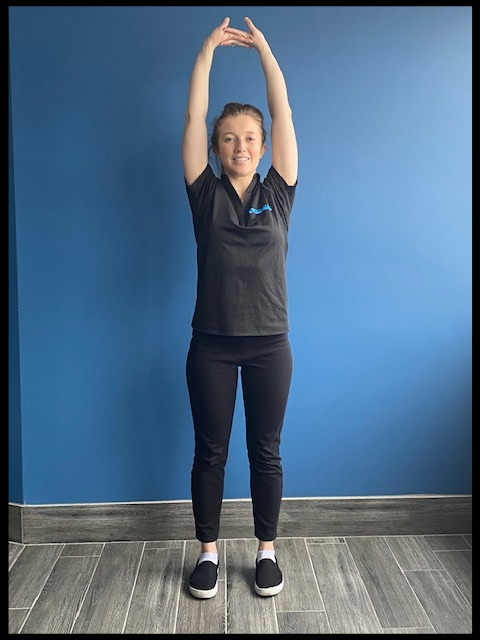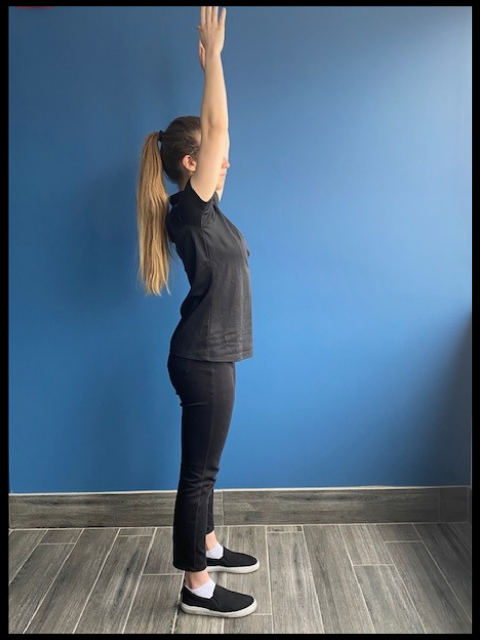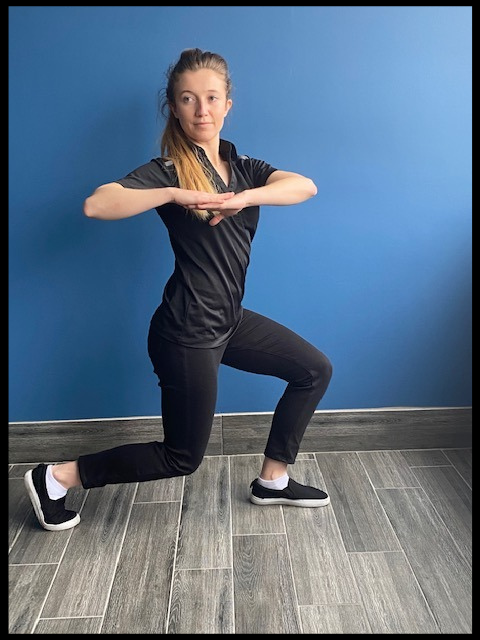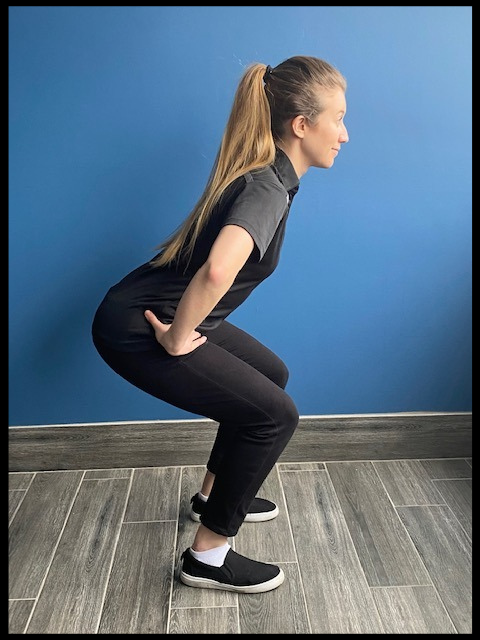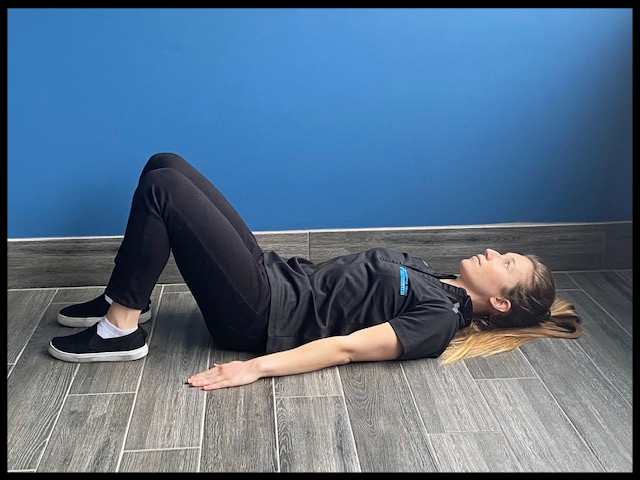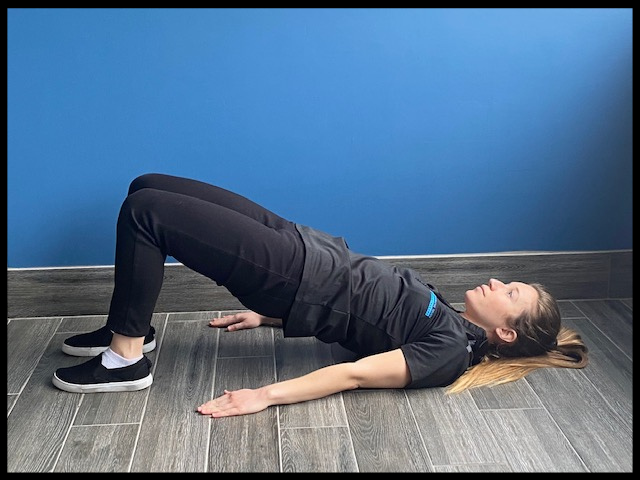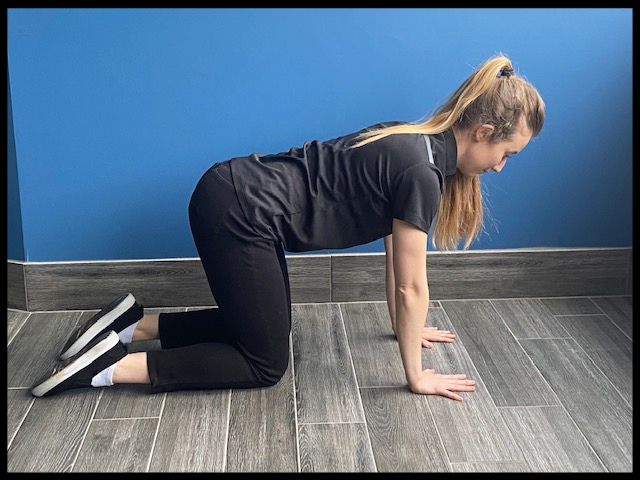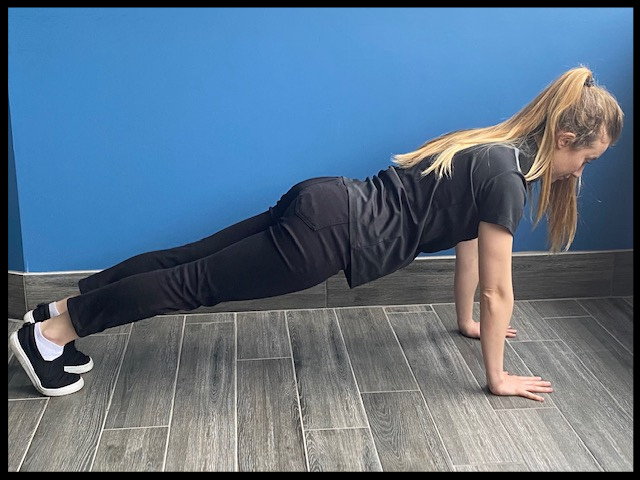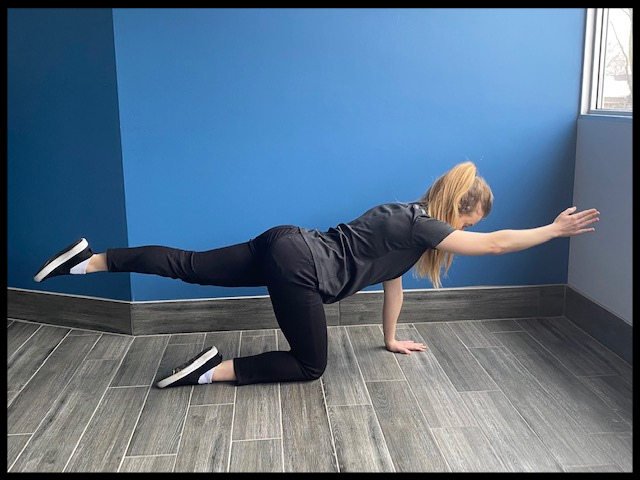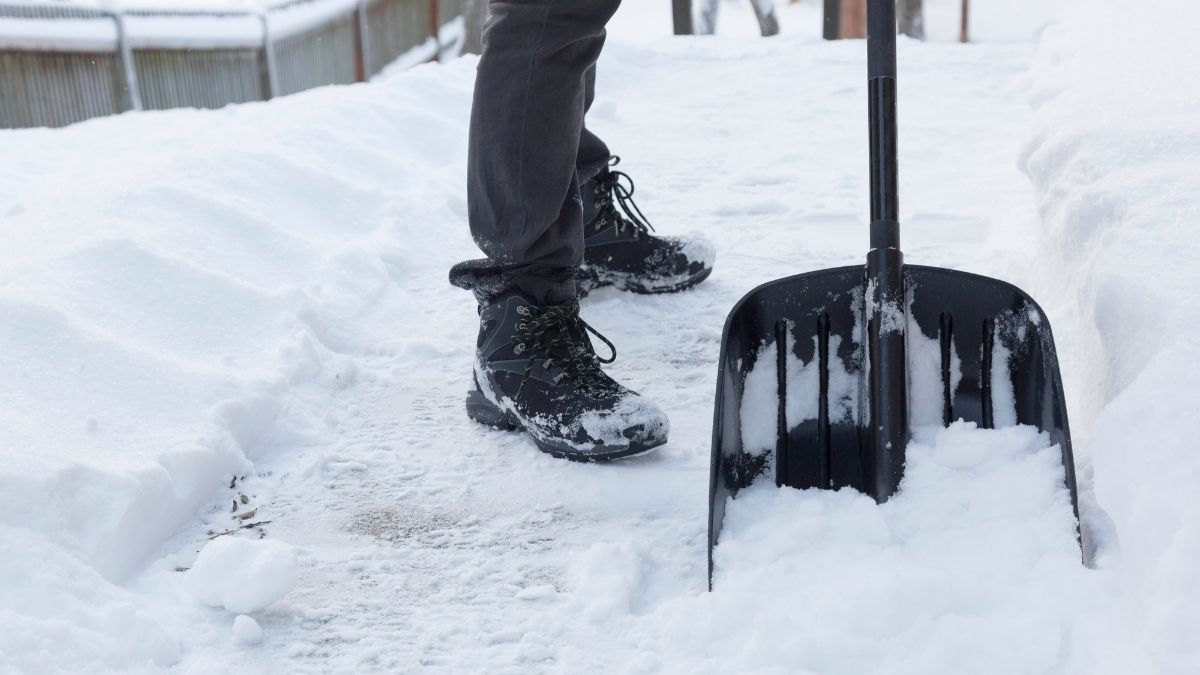Over the years of practicing Physiotherapy, I have seen hundreds of injuries related to snow shovelling, most in the lower back, some in the shoulders and neck. I have been amazed by the number of people who do shovel. These people often have pre-existing core and lower back weakness, yet still, shovel! The fact remains, with a simple twist, a back injury can be debilitating, and often long-lasting.
It is important that you understand your body, your limits, and the mechanics of shovelling to prevent injury. Also, it is important to note, a sudden burst of activity with a routinely sedentary lifestyle and the use of less optimal shovels, contribute to lower back injuries. If you’re suffering from pain, see our services page to learn more about how Restorative Touch Physiotherapy Hamilton can help you.
Facts
Approximately two-thirds (67.5%) of lower back pain due to shovelling occurred among males with the most common diagnosis of soft tissue injury accounting for 54.7%. (Watson, D.S, et al 2011).
1 in 5 Canadians suffers from lower back pain. If you’re interested to learn about how you can try to reduce lower back pain at home, check out our article on core strength.
Tips to prevent lower back injuries due to shovelling:
- A Bigger shovel is NOT better. A smaller blade is better than a larger blade as it reduces the opportunity to pick up an unrealistic load of snow. A plastic shovel is generally lighter than metal, therefore placing less stress on your spine. NOTE: there are ergonomic shovels available that are designed to reduce stress on your spine.
- Dress Warmly. Wearing clothes that will allow you to move freely is key. Putting on layers will allow you to remove clothing as you get warm while shovelling.
- Warming up is important to prevent injury. Do a 10-minute warm-up before you start shovelling. For example, shrug shoulders, circle arms, do planks, light squats, and knee lifts to ensure your muscles and joints are ready to take on the task of shovelling. Cold and tight muscles will only increase your risk of strains and sprains.
- When gripping on the shovel, ensure that your hands are 12 inches apart. By doing this, you increase the leverage and reduce strain on your body. Remember to switch your grip on the handle.
- Your technique is very important. Push the snow and scoop it up using your legs, ensuring you bend your knees and you do not use your back. Small quantities are best to ensure no injuries occur. There are a lot of YouTube videos on proper shovelling techniques.
- Take your time. Do not shovel when you are in a hurry.
- Avoid twisting your spine while you lift the snow and unloading your shovel. Remember to use your legs and not your back! Never throw the snow over your back. It can be wet and cause a huge load. One full shovel can weigh up to 25lbs.
- Take REST breaks. Work in intervals, taking time to stretch in between.
Here are some stretching exercises that can be done before shovelling:
